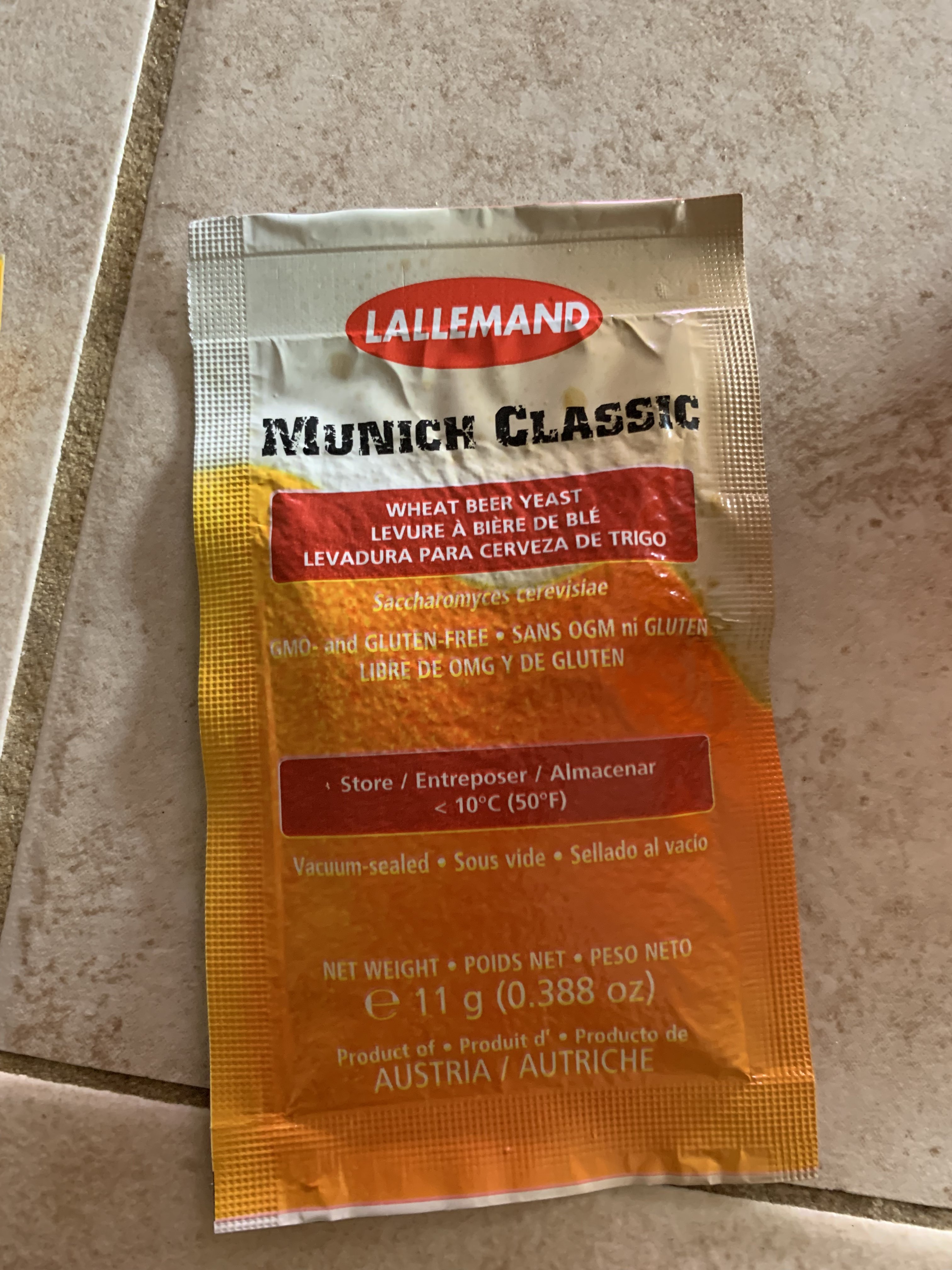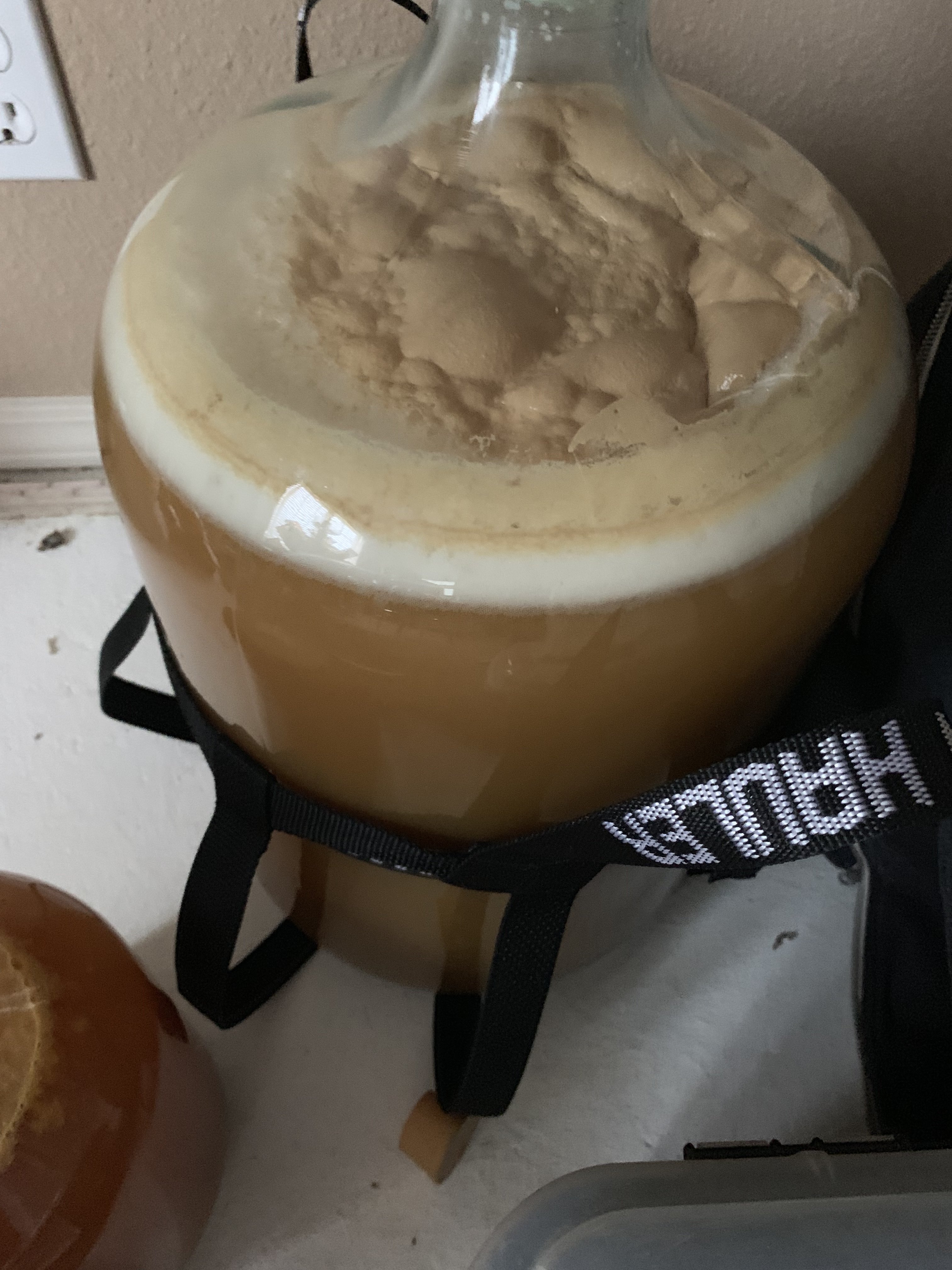TwistedGray
El Jefe Brewing Company
Yeah I was just giving the no answer answer. I don't even kill the poor lacto anymore it's our friend and should stay around for the entire experience! Blame RPH guy he converted me away from a lacto-murderer.
Yeah, I don't do hop additions when I kettle so I may also try this as well. Do you find that the beer continues to sour while bottle conditioning? That is, have you tried one at two weeks and one at two months (or longer, ideally) and noticed a difference?











































![Craft A Brew - Safale BE-256 Yeast - Fermentis - Belgian Ale Dry Yeast - For Belgian & Strong Ales - Ingredients for Home Brewing - Beer Making Supplies - [3 Pack]](https://m.media-amazon.com/images/I/51bcKEwQmWL._SL500_.jpg)

















